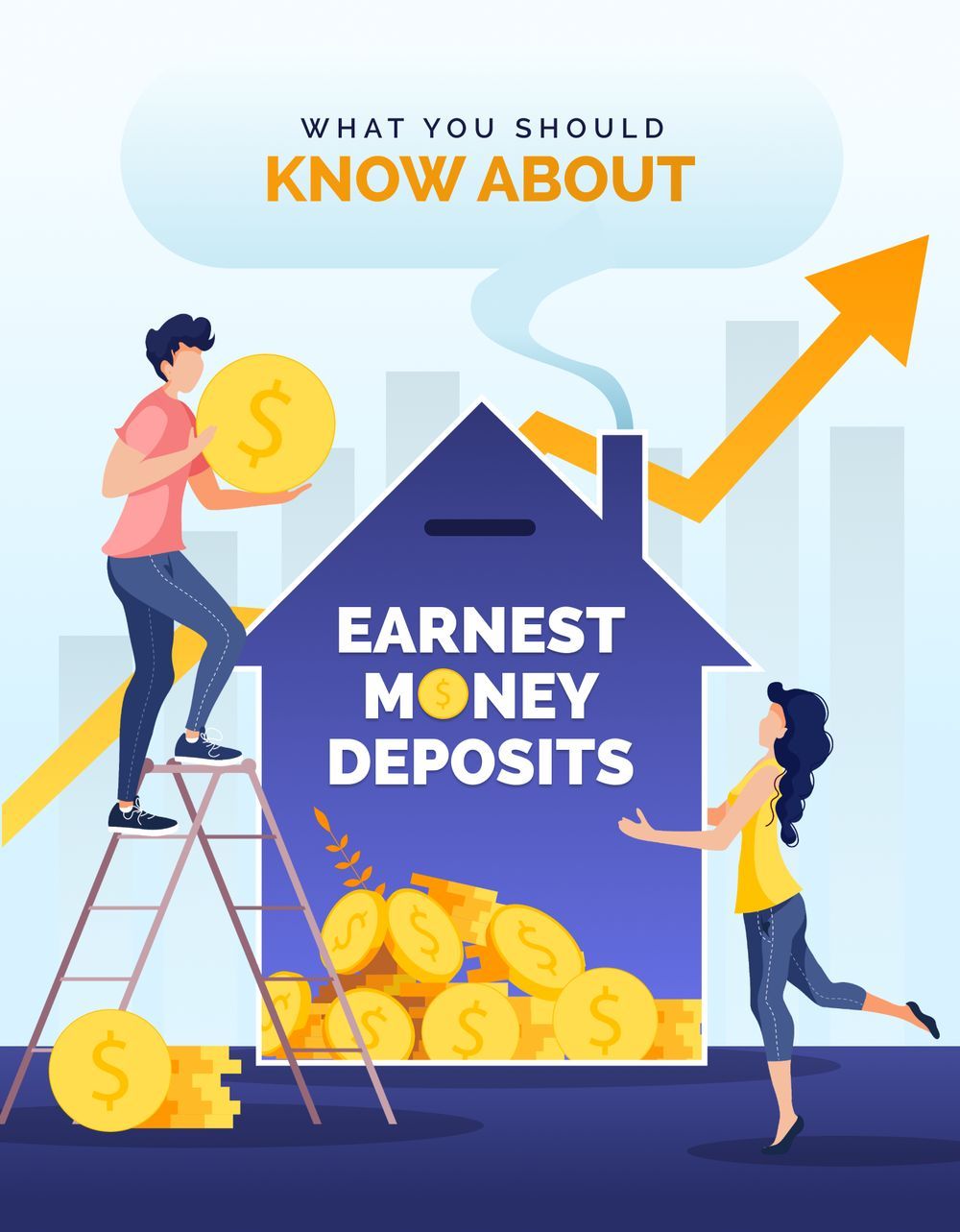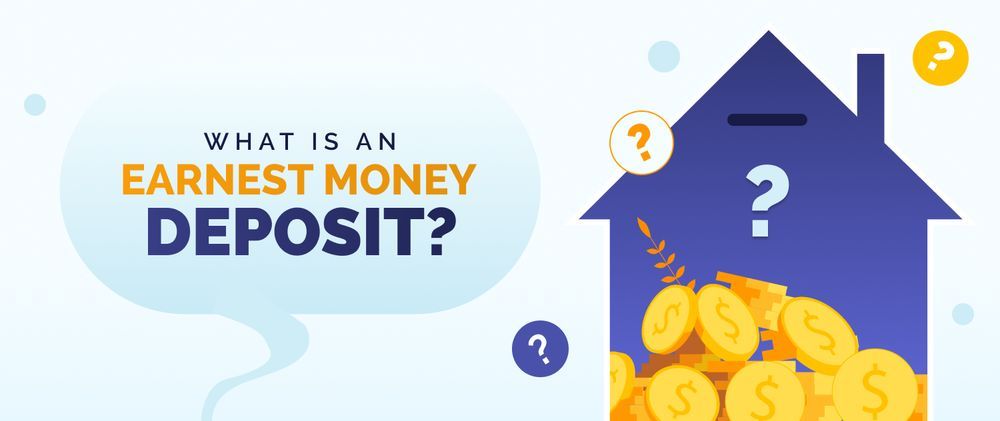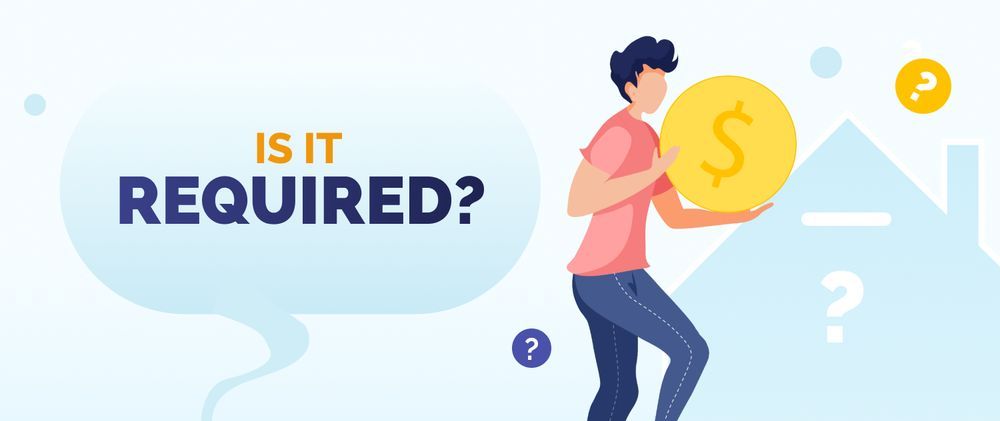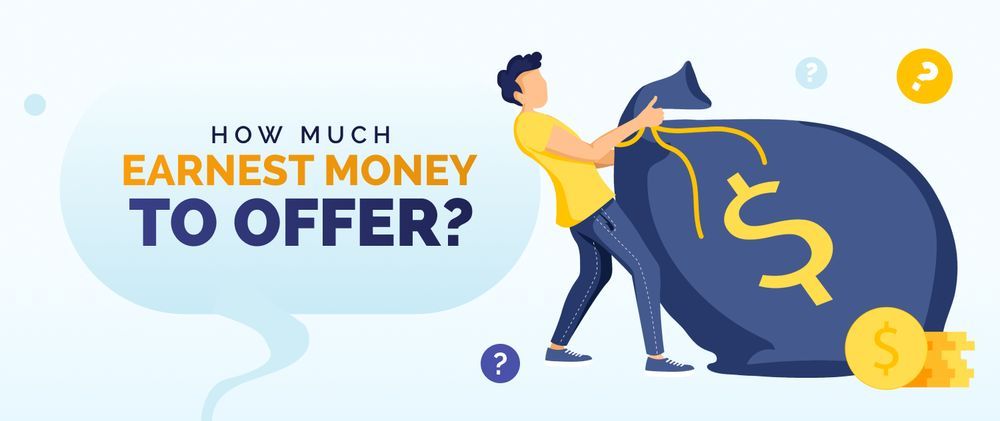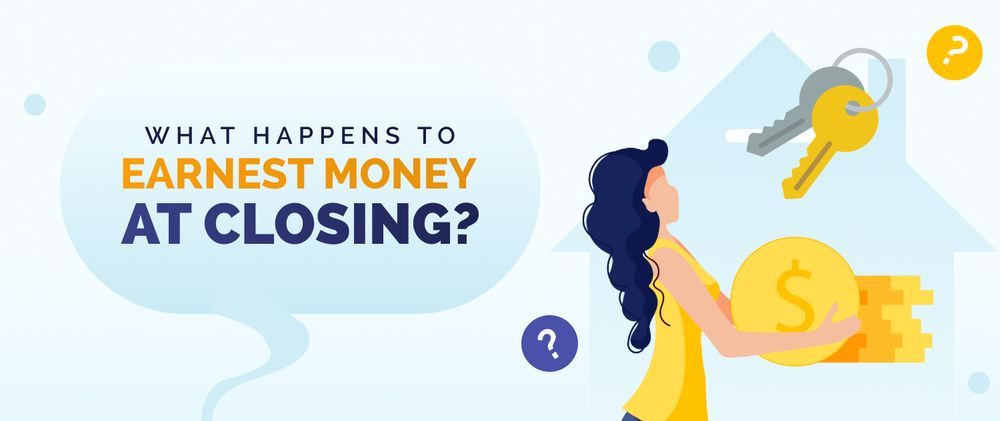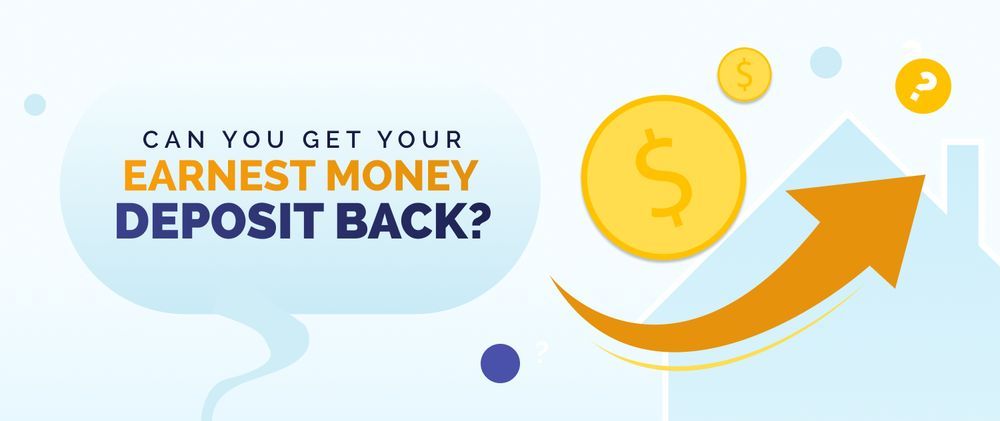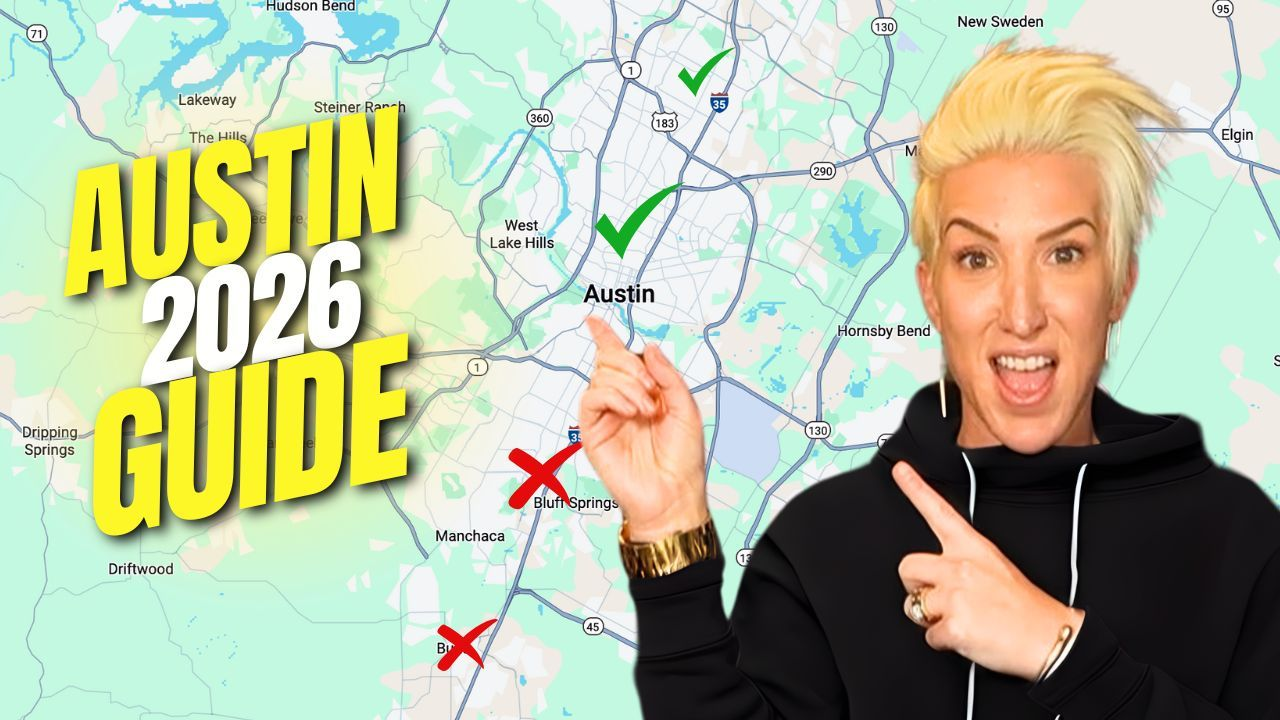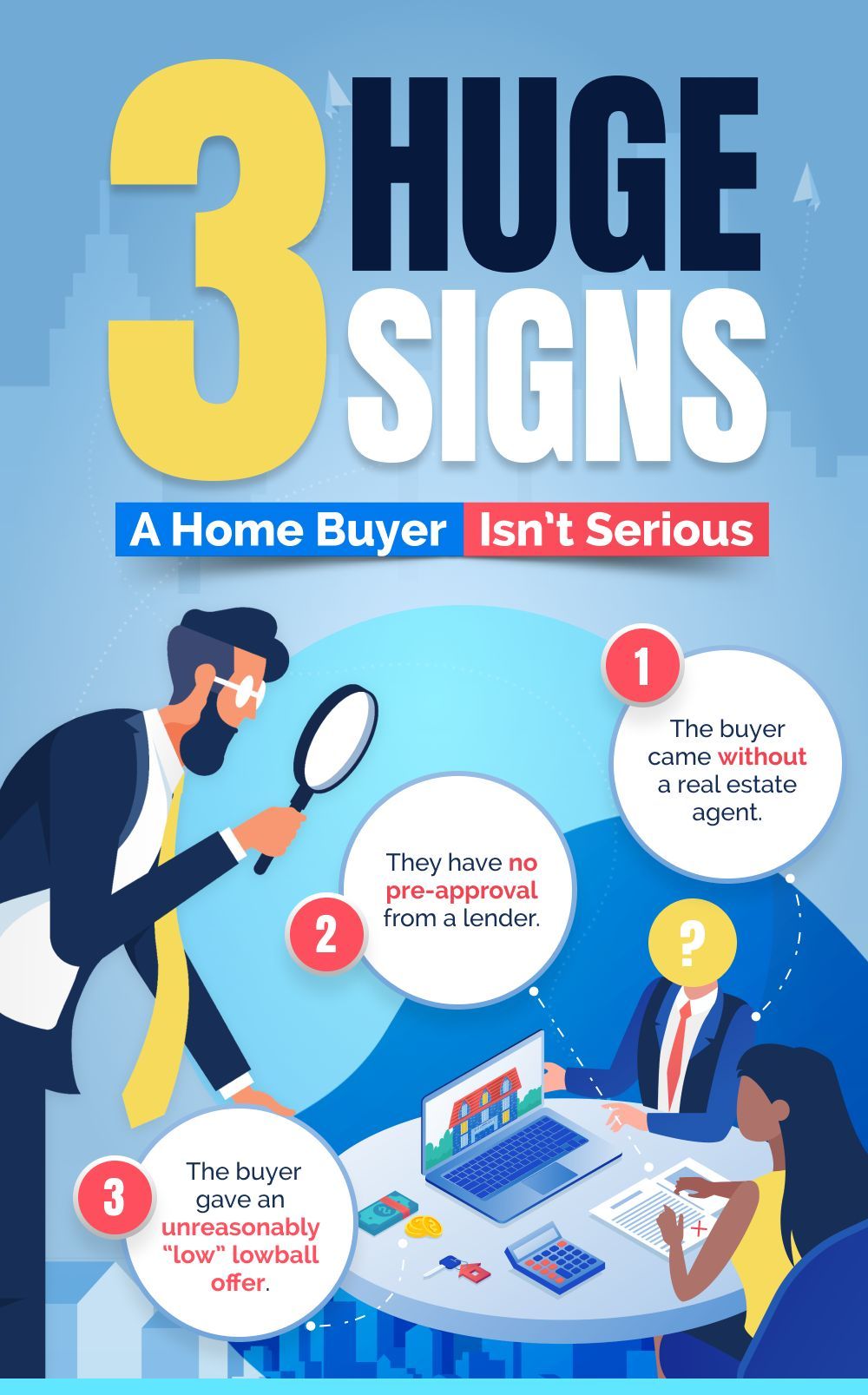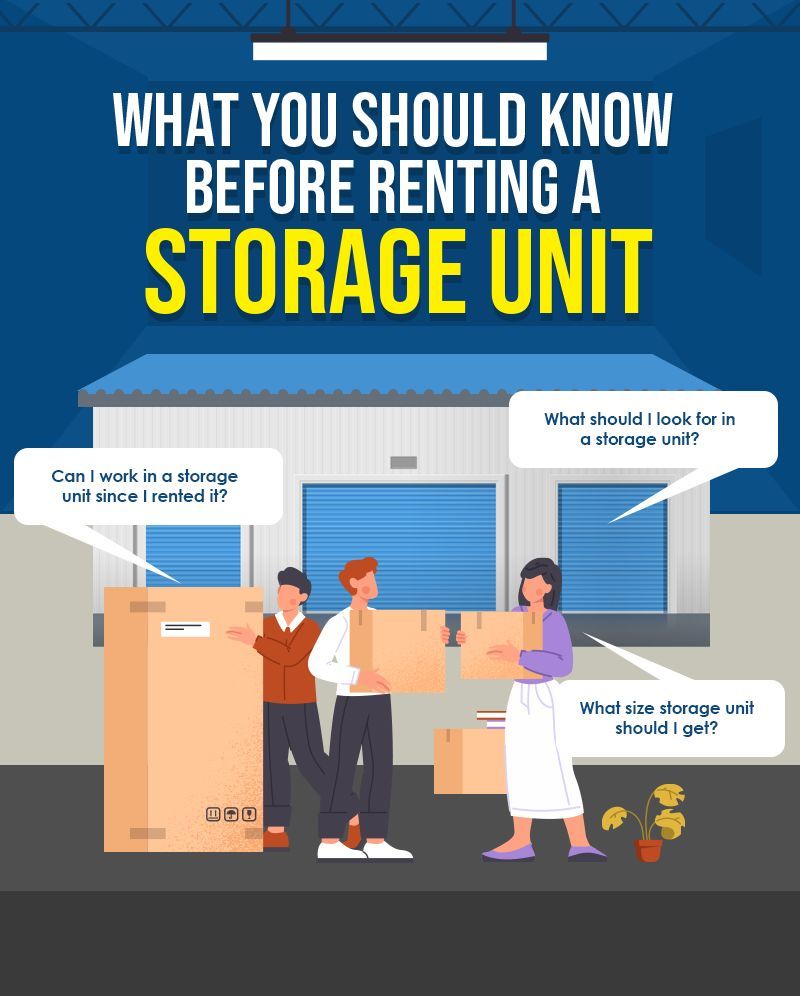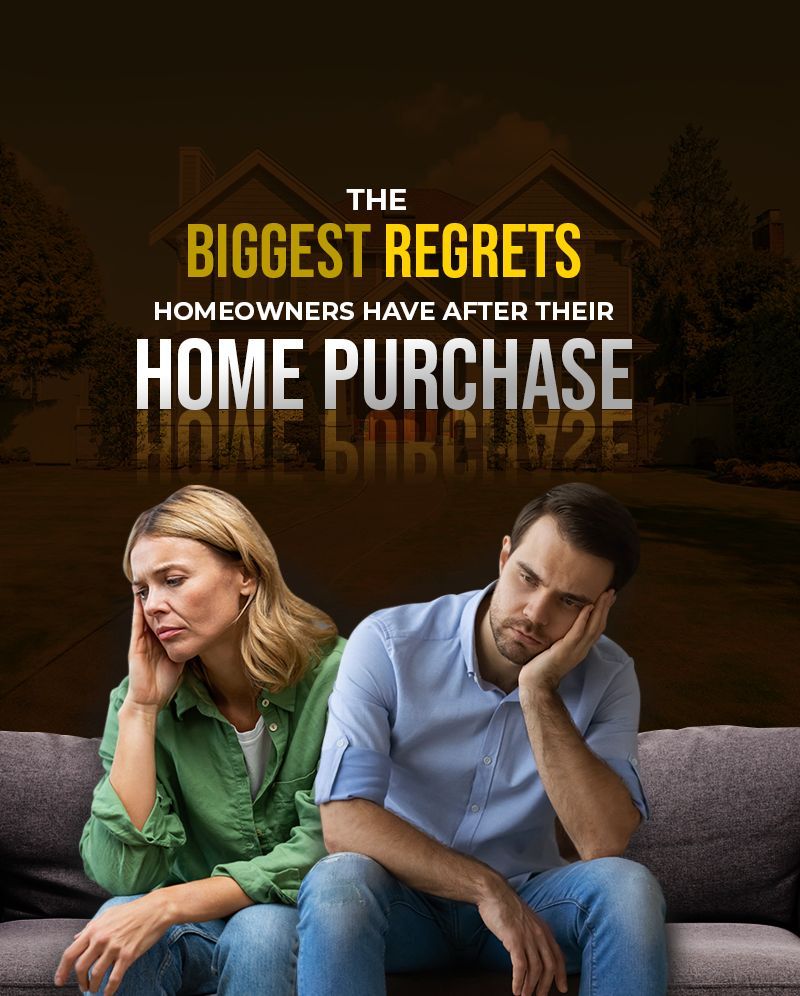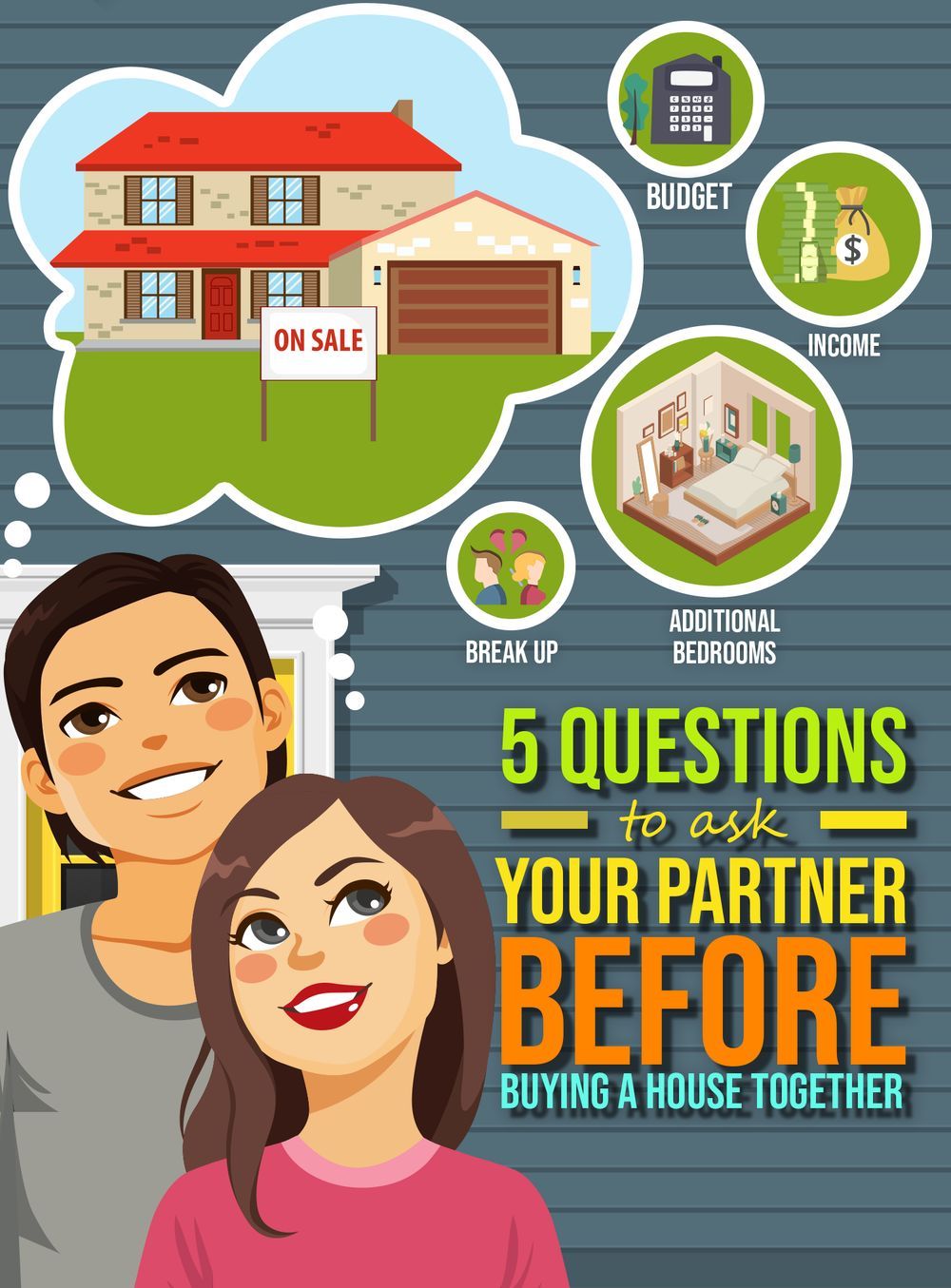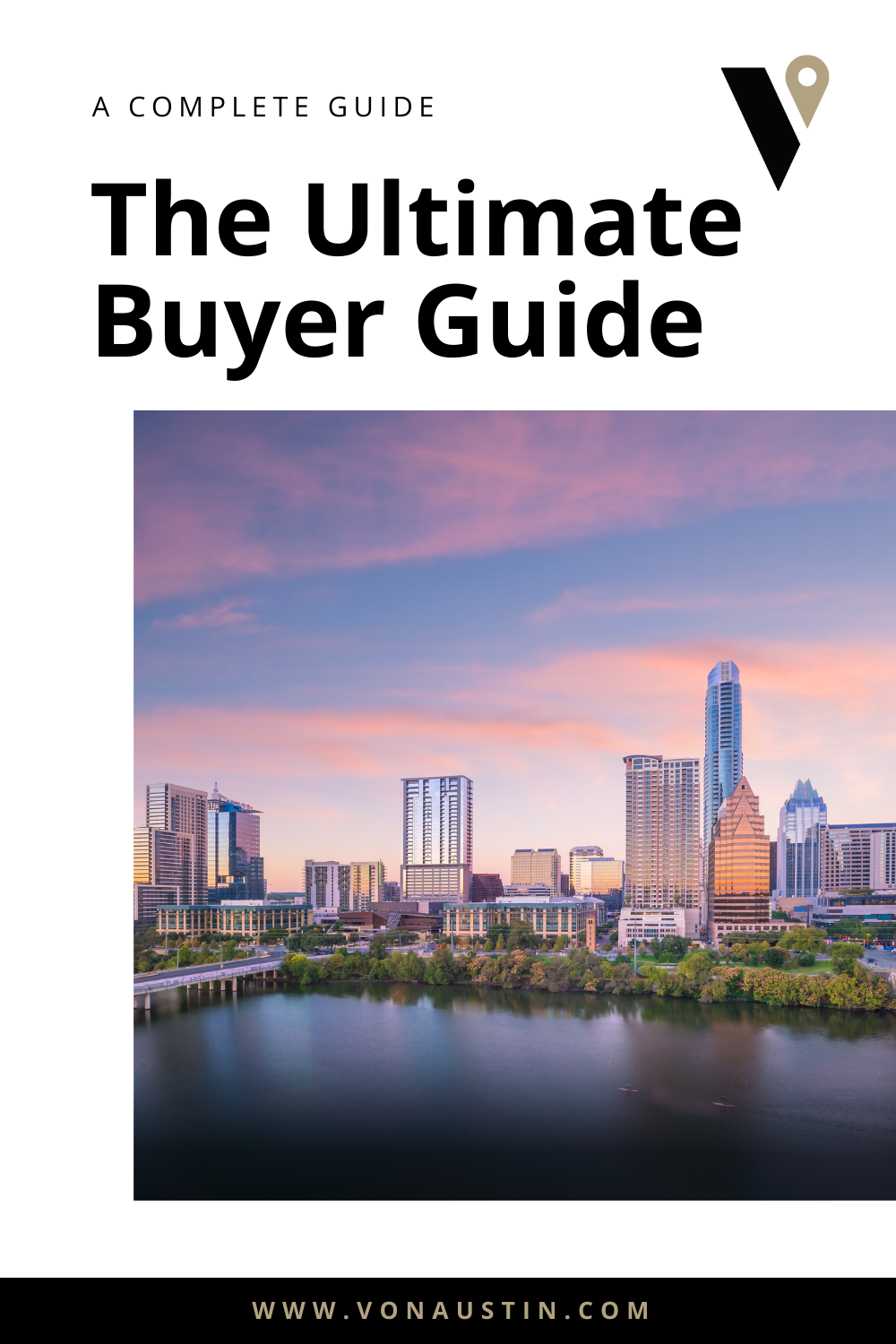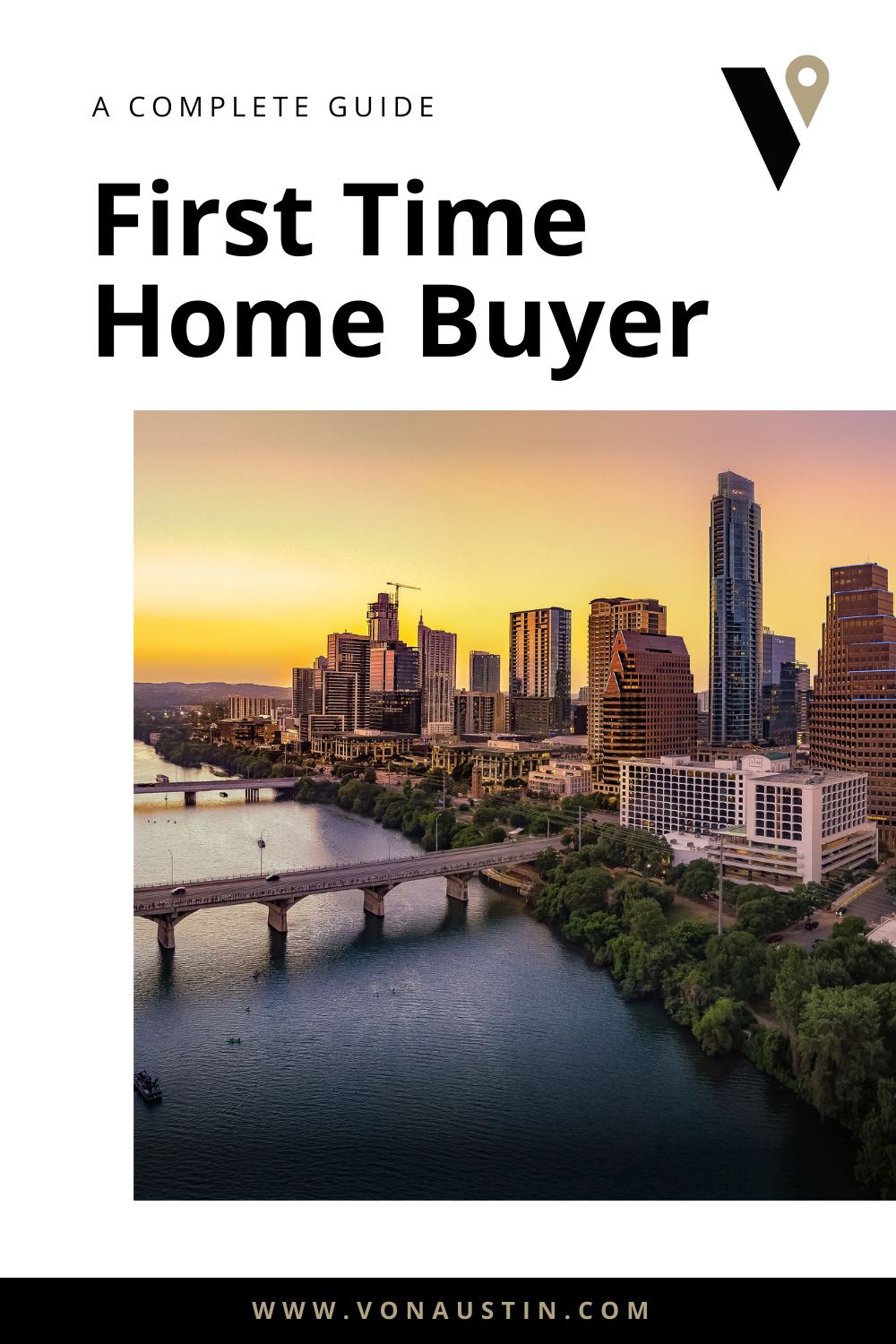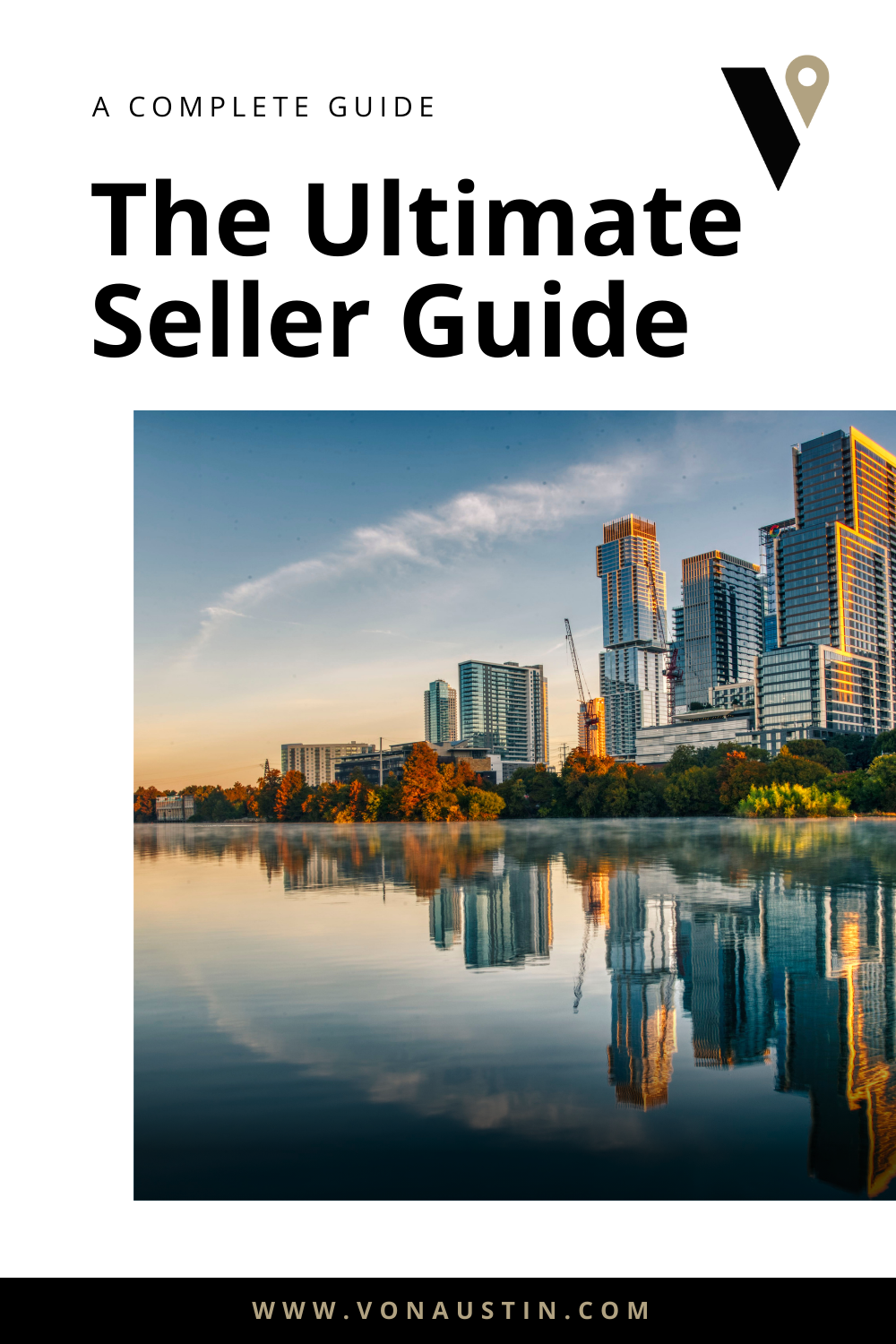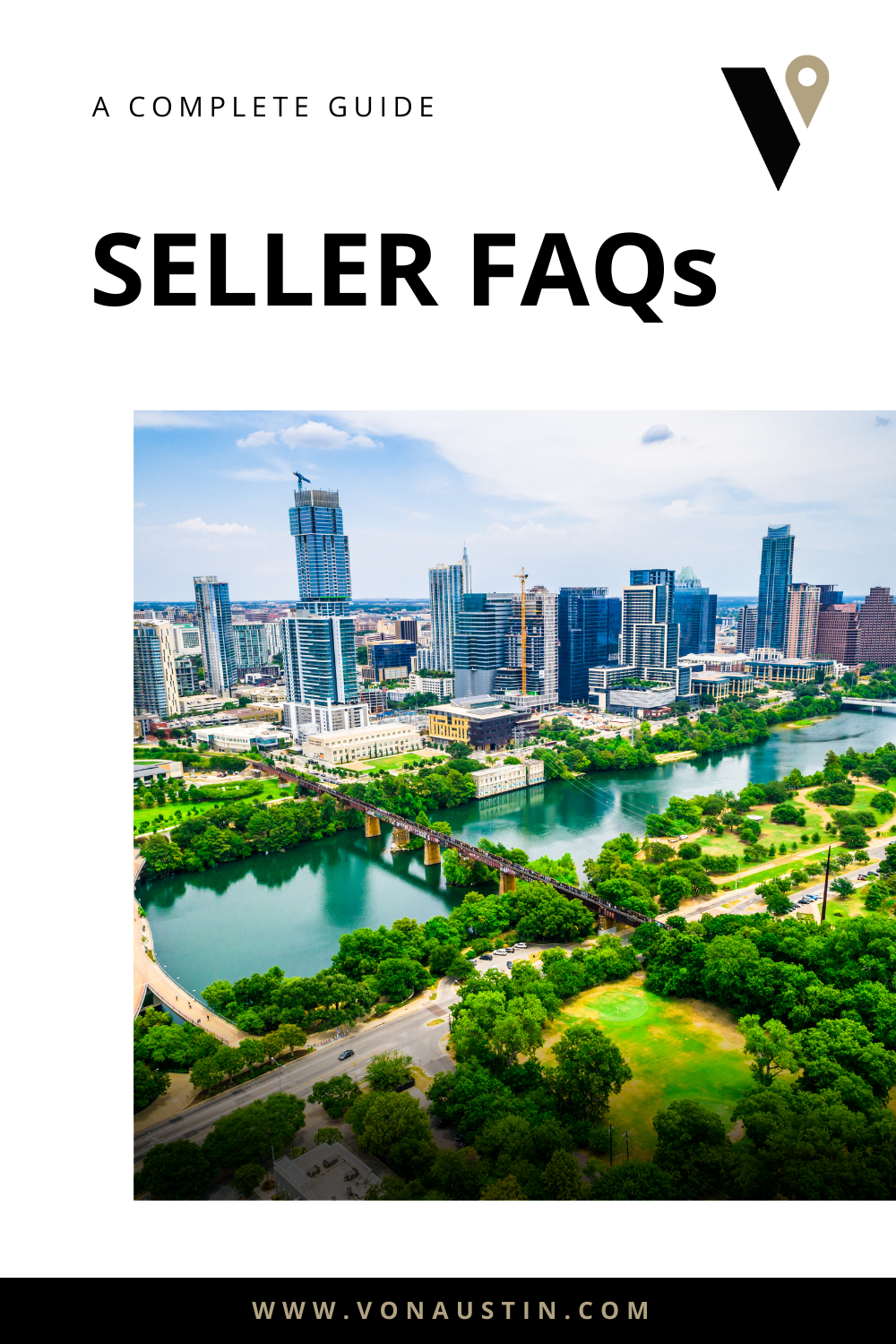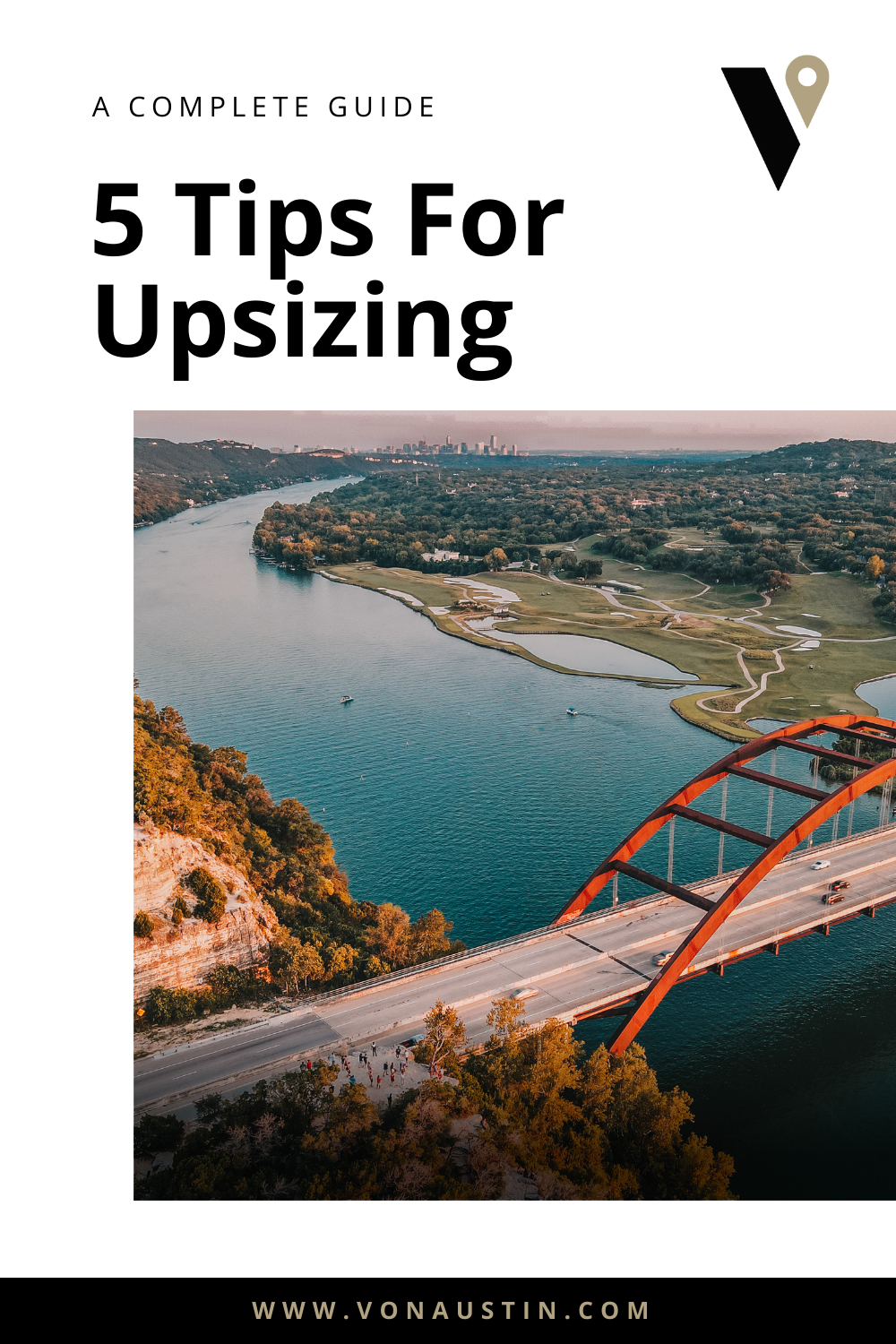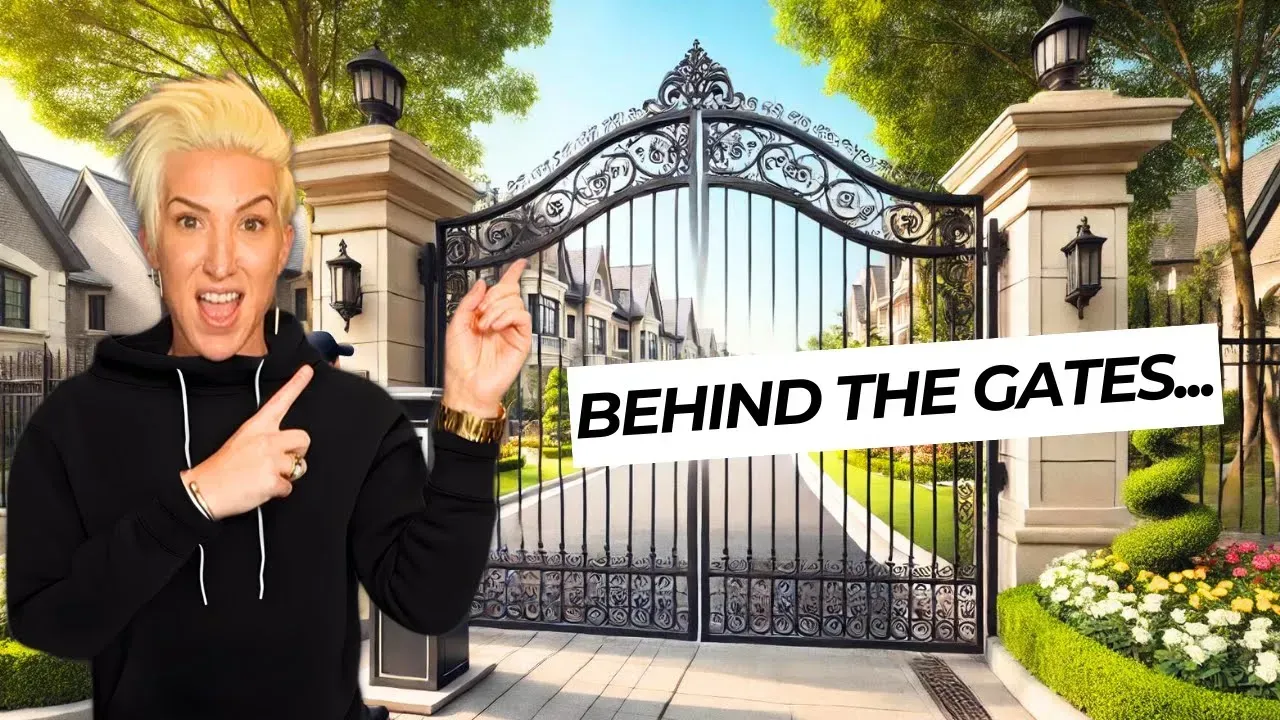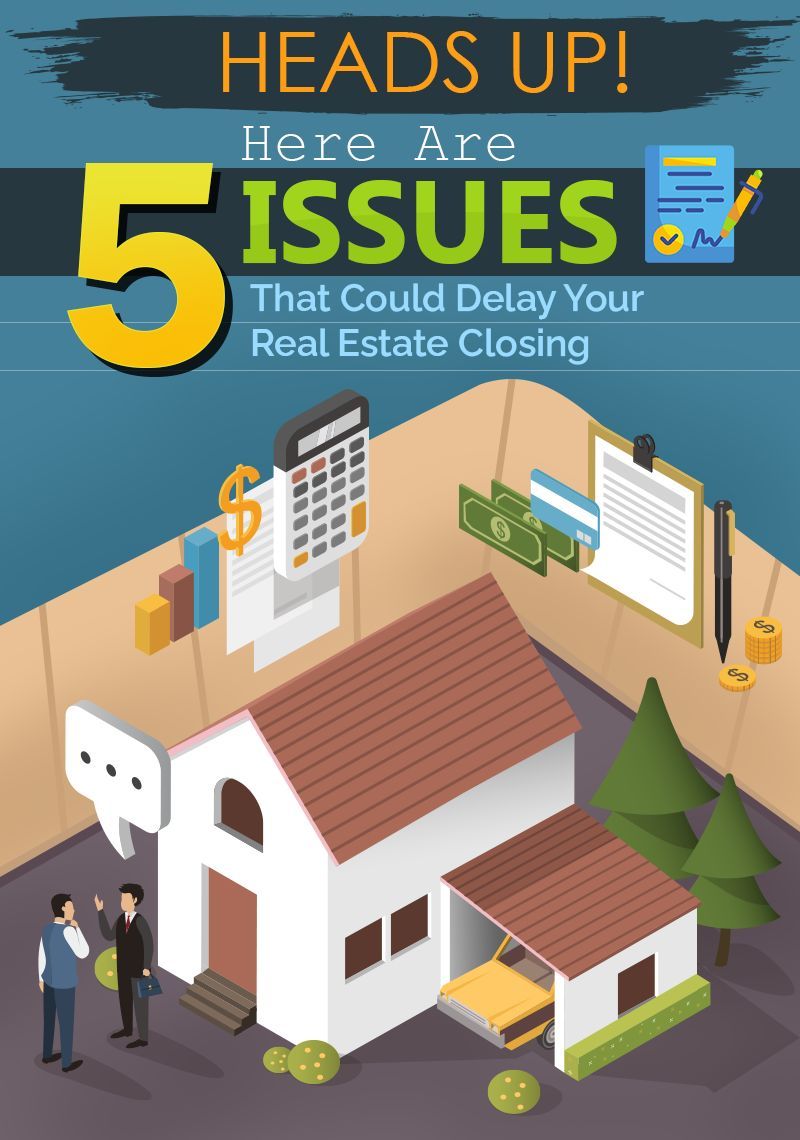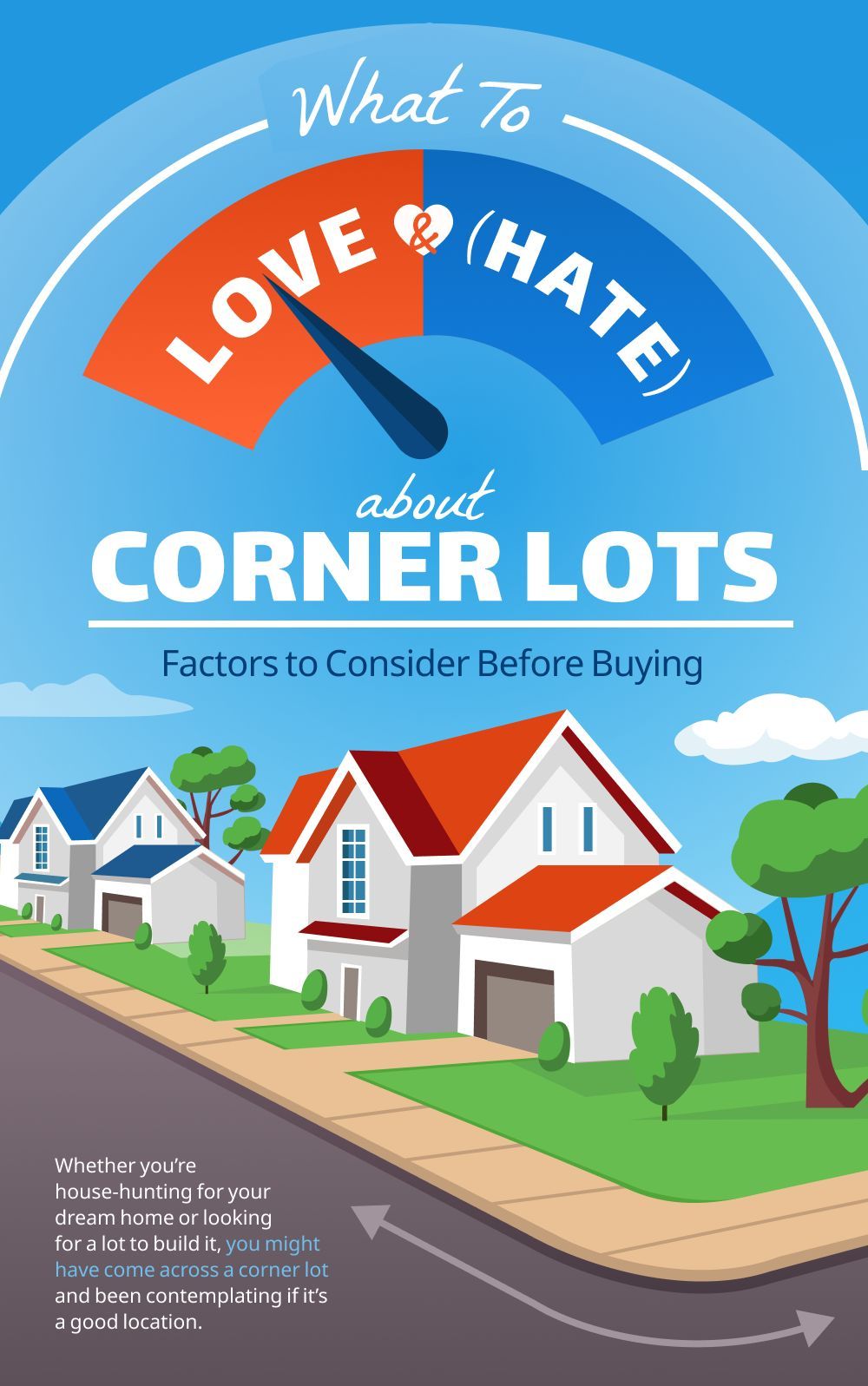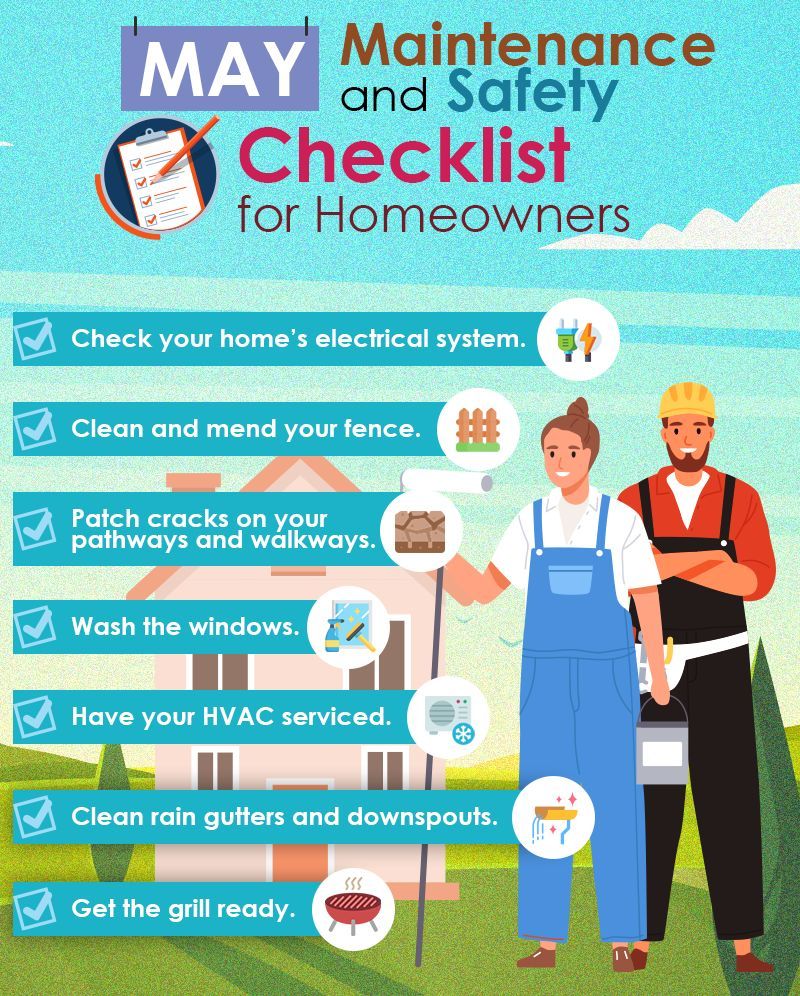By Aubrey Von Behren
•
October 3, 2025
So you're thinking about moving to Austin, Texas? Welcome to the club! The capital of the Lone Star State has everyone talking—tech companies are flocking here, remote workers are setting up shop, and the city's legendary food and music scenes keep getting better. But here's the million-dollar question: where exactly should you plant your flag in this sprawling metro area? Buckle up, because we're about to take you on a wild ride through Austin's neighborhoods, suburbs, highways, and hidden gems. From downtown high-rises to Hill Country estates, from hipster havens to family-friendly enclaves, this city has more personality than a Texas barbecue has sauce varieties. Let's dive in and find your perfect Austin home base! Getting the Lay of the Land: Austin's Geography 101 First things first—Austin isn't just one big flat grid. This city has serious geographic personality! The Colorado River snakes through the heart of town, creating a gorgeous string of lakes including Lady Bird Lake right in the urban core, Lake Austin, and the massive Lake Travis out west. These waterways aren't just pretty—they completely shape how neighborhoods vibe and how traffic flows. The East vs. West Thing You'll Definitely Hear About Here's some Austin insider knowledge: Interstate 35 (I-35) splits the city down the middle, north to south, West Austin has the hills, the lakes, and historically higher price tags. East Austin has traditionally been more affordable and culturally diverse, but things have changed dramatically! East Austin has exploded with incredible restaurants, breweries, art galleries, and yes, rising housing costs. The old divisions are blurring, and that's creating exciting new possibilities all over the map. Highway Survival Guide: Navigating Austin's Concrete Jungle Let's talk traffic, because it's real and it matters. Understanding Austin's highway system isn't just helpful—it might save your sanity and an hour of your life every day. Interstate 35: The Big Daddy (and Biggest Headache) I-35 is your main north-south lifeline connecting San Antonio down south to Dallas up north. It's also famously, notoriously, incredibly congested during rush hour, especially through downtown. Pro tip: if your office is near I-35, try to live somewhere along that same north-south corridor instead of attempting daily east-west crossings. Trust us on this one. Highways 183 and 290: Your East-West Options These highways provide the east-west connectivity that I-35 doesn't. Highway 183 swoops from northwest Austin (near Cedar Park) through the Domain area and northeast toward the airport. Highway 290 takes you east toward Manor and Elgin or west toward Dripping Springs and the Hill Country. Loop 1 (MoPac): The West Side Story MoPac runs north-south on Austin's west side, giving you an alternative to I-35. It's generally less brutal than I-35, but don't get too excited—it still gets packed during peak hours, especially near downtown and up around Parmer Lane in North Austin. Highway 71/Ben White: The Southern Route This east-west corridor south of downtown is your gateway to South Austin neighborhoods and keeps going west toward Bee Cave and the Hill Country. It's essential for south siders and Hill Country adventurers. SH-130: The Secret Weapon (With a Price) State Highway 130 is a toll road that runs east of Austin from north to south. If you're commuting from the eastern suburbs or just need to bypass I-35's nightmare traffic, this is your friend (as long as you don't mind paying tolls). Central Austin: Where the Magic Happens Downtown Austin Living downtown means you're literally at ground zero for everything Austin is famous for. High-rise condos tower over the action, putting you steps from Sixth Street shenanigans, Rainey Street craft cocktails, and Lady Bird Lake running trails. It's urban living at its finest—walkable, energetic, and buzzing. Fair warning: parking is a nightmare, and weekends can get loud. Like, really loud. South Congress (SoCo) Ah, SoCo—the neighborhood that basically screams "Keep Austin Weird!" This is where you'll find vintage shops next to upscale boutiques, food trailers serving everything imaginable, and that famous "I Love You So Much" mural everyone posts on Instagram. The vibe is eclectic bohemian meets increasingly upscale, with charming bungalows and renovated homes lining tree-shaded streets. It's Austin distilled into one iconic stretch. East Austin Once Austin's overlooked stepchild, East Austin is now one of the absolute hottest areas in town. Neighborhoods like Holly, Chestnut, and East Cesar Chavez are packed with incredible tacos, craft coffee, hip bars, and renovated bungalows sitting next to modern new builds. The area still has some of its historical cultural diversity, though gentrification has definitely transformed the landscape. The energy here is electric. West Campus Adjacent to the University of Texas, West Campus is young, loud, and proud of it. Student housing dominates—think older houses converted to apartments plus sleek modern high-rises. You're walking distance to campus, surrounded by cheap eats, and swimming in that college energy. Just know that parties, noise, and parking chaos come with the territory. Zilker and Barton Hills These neighborhoods basically won the Austin location lottery. You've got Zilker Park (Austin's Central Park), the spring-fed Barton Springs Pool, and miles of Greenbelt hiking trails right in your backyard. Tree-lined streets feature a mix of older charming homes and new construction. Unsurprisingly, living here costs a pretty penny, but the lifestyle perks are undeniable. Tarrytown & Old Enfield These are Austin's established, sophisticated neighborhoods—think mature oak trees, spacious lots, and beautiful traditional homes. You're close to downtown but insulated from the chaos. It's quiet, prestigious, and yes, expensive. These neighborhoods have been desirable for decades and aren't changing anytime soon. North Austin: Suburbs Meet City Living The Domain Area Picture a mini-downtown planted in North Austin, and you've got the Domain. This massive mixed-use development features high-end shopping, chain restaurants and local favorites, office towers, and luxury apartments galore. Rock Rose and nearby developments extend this planned, polished urban vibe. It's like Austin's corporate alter-ego—slick, modern, and convenient. Hyde Park One of Austin's original neighborhoods, Hyde Park is all about historic charm and community pride. Gorgeous old homes line streets shaded by massive trees, and the area has its own local coffee shops and restaurants along Duval Street. It's walkable, established, and has that "I've lived here for 20 years and know all my neighbors" vibe—even if you just moved in. Rosedale and Allandale These mid-century neighborhoods offer central Austin convenience without Tarrytown price tags. Homes typically sit on generous lots with mature landscaping, and both neighborhoods have active civic associations that actually get stuff done. They're solid, family-friendly, and increasingly popular as people get priced out of pricier central neighborhoods. Anderson Mill and Balcones Woods Up in northwest Austin, these neighborhoods deliver more suburban feels while technically staying in city limits. You'll find larger homes, good schools, and easy access to Hill Country adventures and Lake Travis. It's a nice sweet spot between urban Austin and full suburb mode. Round Rock This isn't just a suburb—Round Rock has serious city identity! It's got its own downtown, the Dell Technologies headquarters, and the Round Rock Express minor league baseball team. Housing is more affordable than central Austin, schools are solid, and there's genuine community pride. The catch? Commuting to central Austin can be rough during rush hour. Cedar Park and Leander These northwest suburbs are booming like crazy. Newer homes, good schools, and way more square footage for your dollar make them incredibly attractive. But here's the reality check: if you're commuting to central Austin during rush hour, you're looking at 45+ minutes each way. For families who work remotely or have jobs up north, though, these areas deliver serious value. Pflugerville Located northeast near the airport, "Pville" (yes, people call it that) has carved out its own identity as an affordable, family-friendly suburb. Lots of parks, decent schools, and a nice community feel make it popular with families and first-time buyers. Plus, if you work near the Domain or in northeast Austin, the commute is totally manageable. South Austin: Where Weird Stays Alive Travis Heights and Bouldin Creek Cross Lady Bird Lake heading south and you hit these cool neighborhoods that manage to feel like actual neighborhoods despite being minutes from downtown. Streets are lined with bungalows (many beautifully renovated), and you've got local coffee shops and restaurants within walking distance. These areas have gentrified considerably, so prices have climbed, but the character remains. Circle C Ranch This master-planned community in southwest Austin brings suburban amenities in full force—pools, trails, golf courses, the whole package. Housing ranges from townhouses to spacious single-family homes, and you're positioned perfectly for both good schools and Hill Country recreation. It's organized, planned, and family-oriented. Onion Creek Down in southeast Austin, Onion Creek offers newer developments at more affordable price points. You're trading some central Austin proximity for better housing value, which makes sense if you work south or don't mind the commute. West Austin and Hill Country: Living the Dream West lake Hills (Westlake) & Rollingwood These are Austin's power neighborhoods—stunning Hill Country views, mansions on big lots, and Westlake High School (consistently ranked among Texas's best). If you've got the budget for it, you're buying into serious prestige and natural beauty. These areas don't mess around when it comes to property values. Bee Cave and Lakeway Out near Lake Travis, these communities offer resort-style living with lake access, golf courses, and those gorgeous Hill Country views. You'll find everything from moderate homes to absolute showstoppers, with lots of newer construction. The lifestyle is amazing, but you'll pay for it in commute time if you work in central Austin. Dripping Springs Further west, "Drip" maintains its small-town Texas charm even as Austin's growth creeps closer. Wineries, breweries, and Hill Country scenery make it feel like a permanent vacation. The commute to Austin is no joke, but remote workers and those seeking rural vibes are flocking here. East Side Suburbs: Value Hunting Territory Manor and Elgin These smaller towns east of Austin represent your best bet for affordable housing in the metro area. Manor has exploded with new subdivisions and development, while Elgin keeps more of that small-town Texas feel. The commutes to Austin can be long, though SH-130 helps, and you're definitely trading proximity for affordability. Bastrop About 30 miles southeast of Austin, Bastrop is for those who want actual rural living with Austin access. The historic downtown has character, you're near state parks and the Colorado River, and housing costs way less. Just know you're committing to a real commute if you work in Austin proper. What to Actually Think About When Choosing Your Commute Will Make or Break Your Life Real talk: Austin traffic is no joke and it's getting worse every year. Where you work matters enormously. Living near your job's side of town (north, south, east, or west) makes a bigger difference than absolute miles because cross-town traffic is brutal. Do yourself a favor and really think through your daily commute before falling in love with a neighborhood. School Districts Matter If You've Got Kids School quality drives huge numbers of moves. Austin ISD covers the urban core, while suburbs run their own districts. Westlake, Eanes, Round Rock, Leander, and Lake Travis ISDs consistently rank at the top. But do your homework on specific campuses—quality varies even within good districts. Budget Reality Check Austin's housing market has gone absolutely bonkers with price increases. Central Austin and west Austin suburbs cost serious money, while eastern suburbs and some southern areas offer better value. Also, heads up: Texas property taxes are notably high, so factor that into your monthly calculations. Lifestyle Vibes Are you a walkable urban neighborhood person, a suburban backyard-and-soccer-practice person, or a Hill Country nature-loving person? Some neighborhoods deliver amazing nightlife and dining (looking at you, East Austin and Rainey Street), while others are all about parks, pools, and school ratings (hello, Circle C and Pflugerville). New vs. Old Suburbs like Cedar Park and Leander offer tons of new construction—modern kitchens, open floor plans, HOA-maintained everything. Central Austin neighborhoods feature older homes with character, quirky layouts, and mature trees, but possibly renovation projects. Think about what maintenance level you're comfortable with and whether HOA fees fit your budget. Future Development Plans Smart move: research what's being planned in areas you're considering. Major projects like the I-35 improvements, new toll roads, and big commercial developments can dramatically change traffic, property values, and what your neighborhood feels like in five years. Time to Choose Your Austin Adventure! The beautiful truth about Austin is that it offers something for literally everyone. Urban high-rises? Check. Hill Country estates? Got 'em. Quirky bungalows? Everywhere. Modern suburban subdivisions? Absolutely. Start by getting clear on your dealbreakers and must-haves. Is commute time everything? School quality? Walkability? How close do you need to be to live music and tacos? Your budget will narrow things down significantly, and from there, it's all about visiting neighborhoods, exploring at different times of day, and getting a feel for where you actually want to spend your life. Austin keeps growing like crazy, neighborhoods keep evolving, but the city's core appeal remains rock solid—amazing weather, no state income tax, killer job market, legendary food and music, and gorgeous natural areas. With this guide in your back pocket, you're ready to find your perfect Austin neighborhood! See It All on the Map! Want to actually visualize all this? Our video guide "Where You Should Live in Austin, Texas!" takes you on a complete map tour of the entire metro area, showing traffic patterns, neighborhood boundaries, and geographic features that make each area unique. It's like having a local show you around from 30,000 feet up! Moving to Austin? Already here and thinking about relocating within the city? Drop your questions and experiences in the comments—we love hearing from the Austin community!
